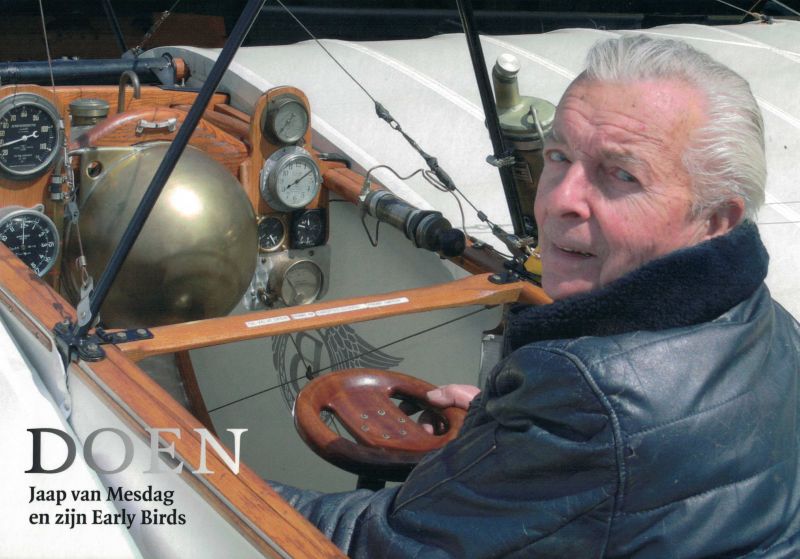The most successful Sopwith designs seemed fated to be remembered by their nicknames rather than by their official designations. This design is scarcely ever referred to as the Type 9901 or Sopwith Scout but mostly as the Pup; tradition has it that pilots suggested that its predecessor the 1½-Strutter had “pupped” and Pup it was thereafter. It is generally accepted as the most pleasant-to-fly British aeroplane of the whole war period despite the limited power of its rotary engine. Pups began to enter operational service in the late summer of 1916. Their chief fighting attributes were first-class manoeuvrability and an excellent performance at altitude. A noteworthy claim to historical distinction was the first landing of an aeroplane on the flight deck of a ship, HMS Furious, under way
Specifications
Production 1916-1917: 1770, mainly manufactured by Standard and Whitehead.
Engine: 80 hp le Rhone rotary / 100 hp Gnome Monosoupape
Maximum speed: 180 km/hr
Ceiling 17.500 ft
Endurance 3 hours
Weight: empty 357 kg, maximum 556 kg
Dimensions: Wingspan 8.07 m, length 5.88 m, height 2.87 m.

